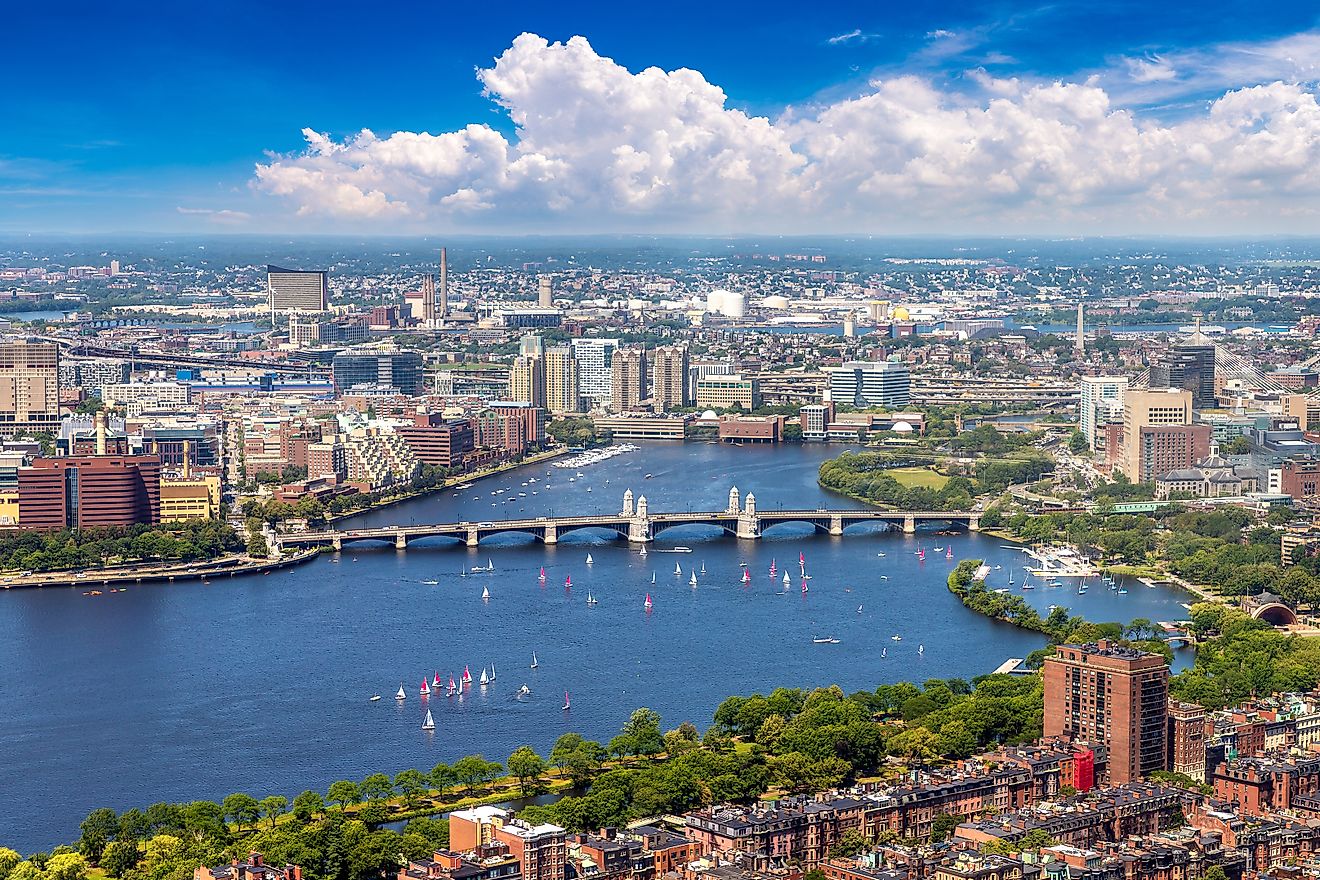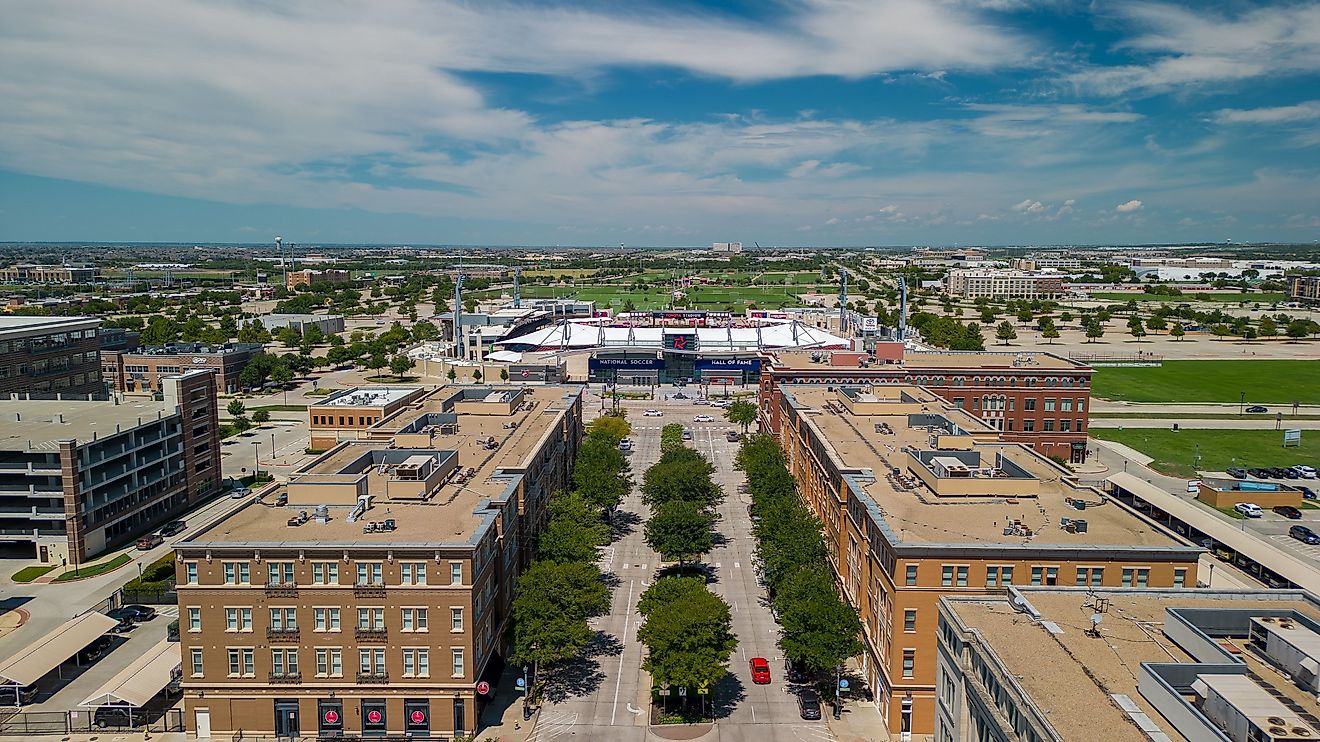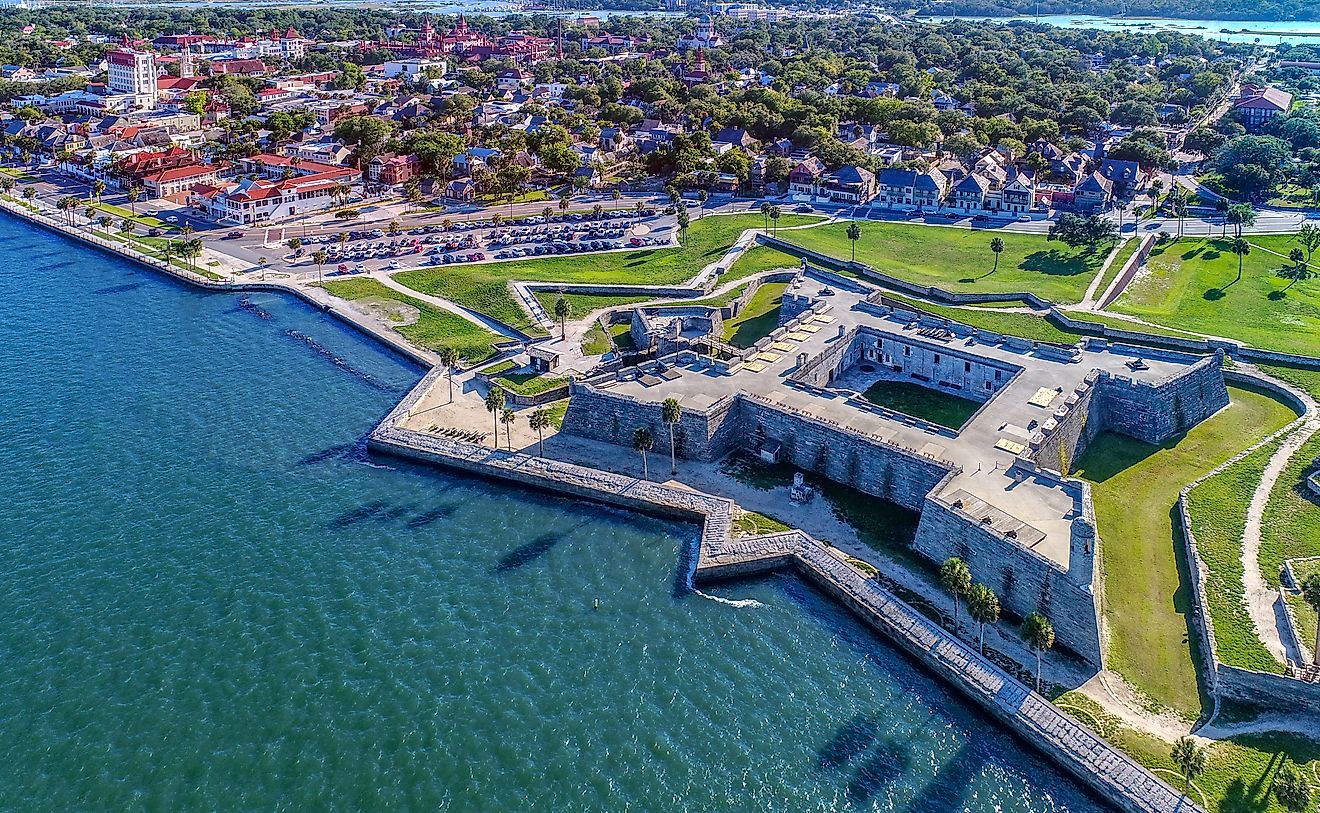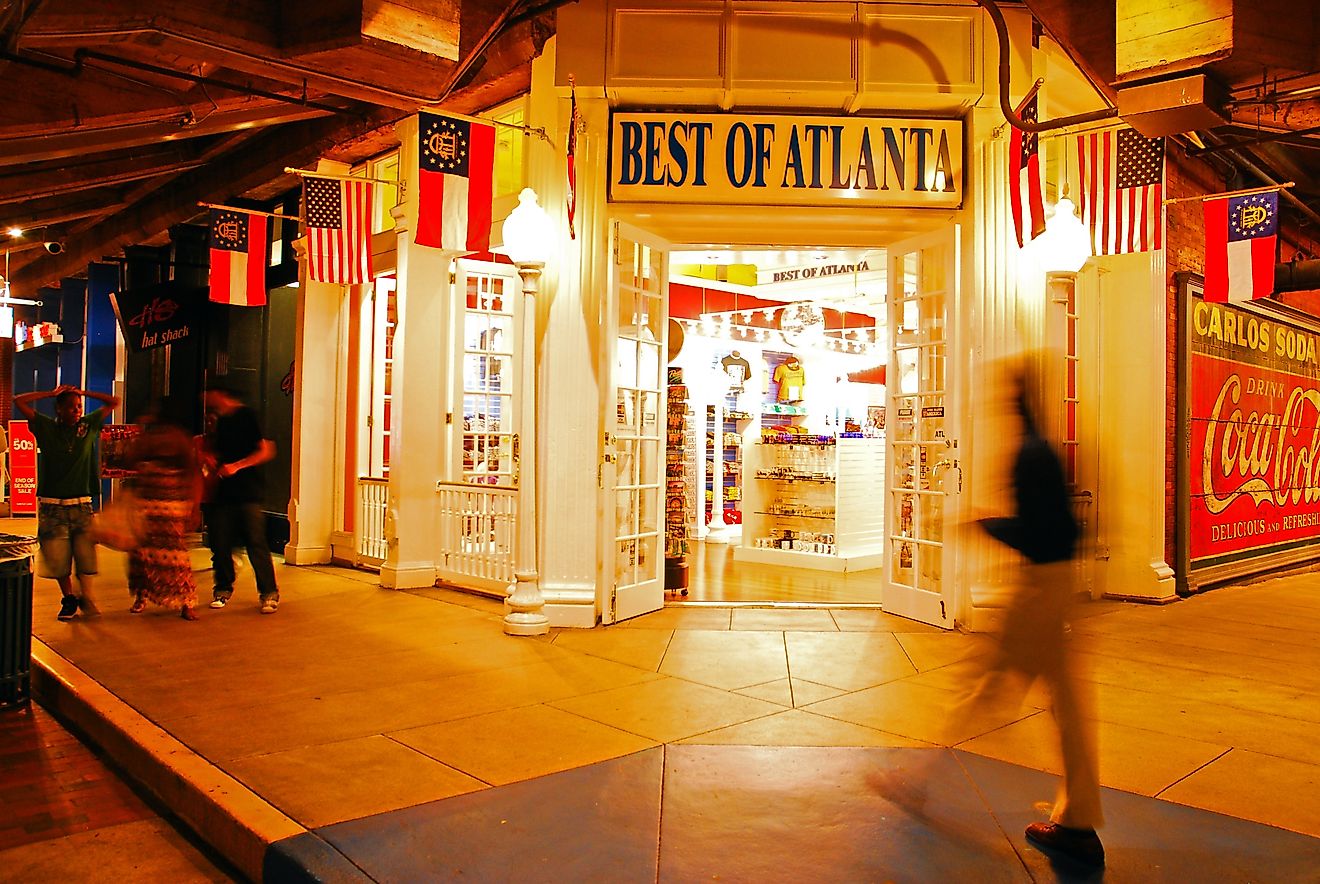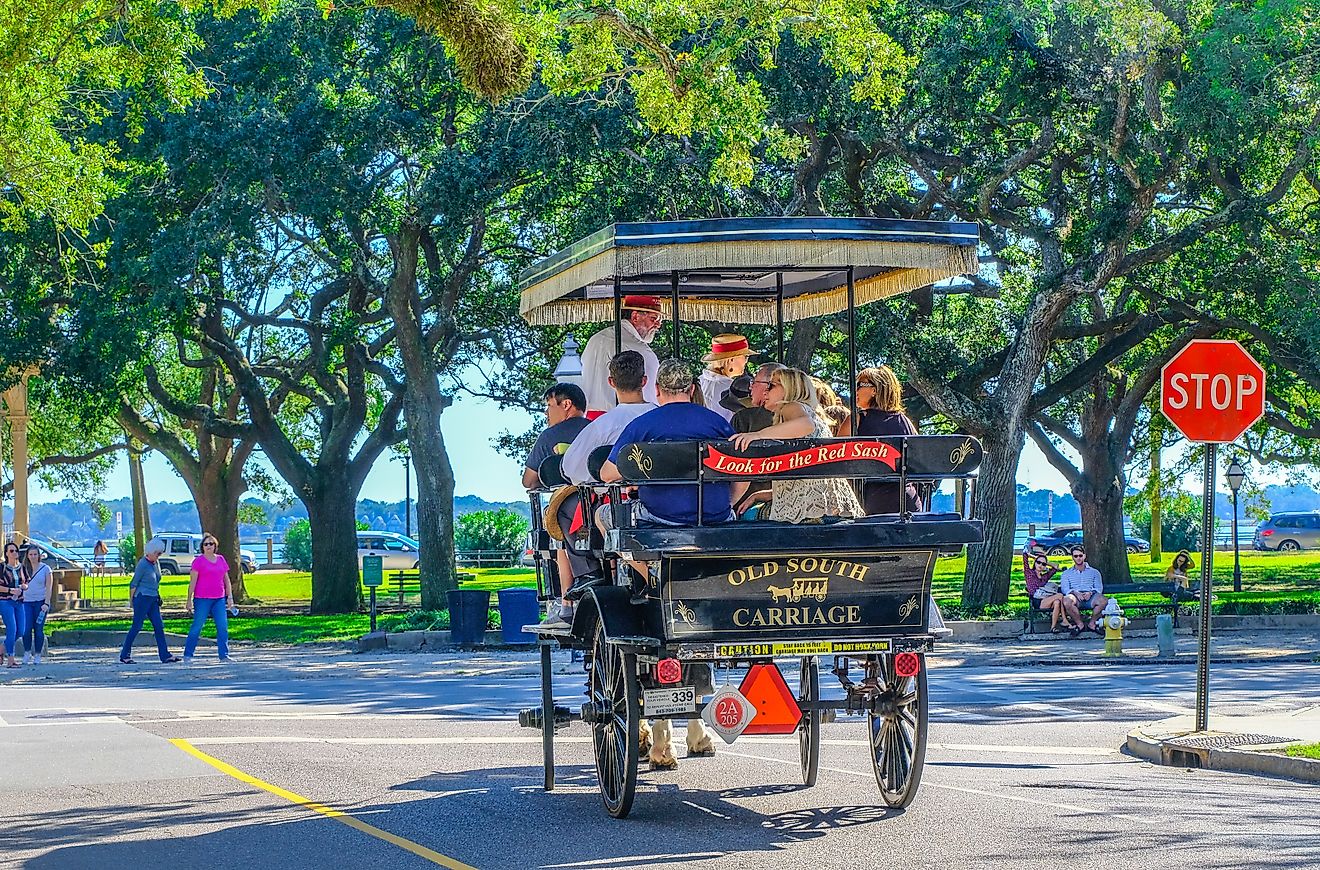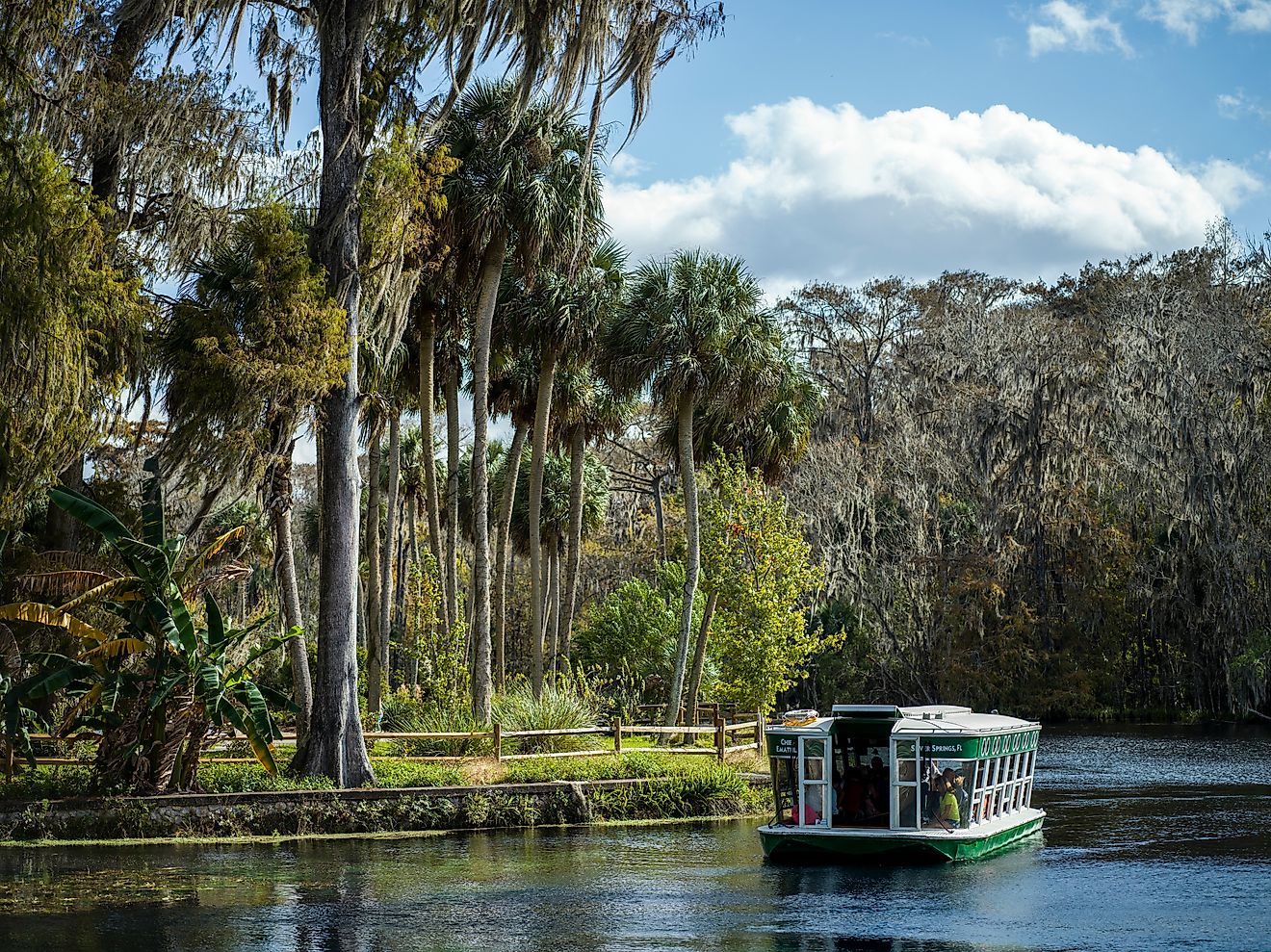
Which US Cities Are Farthest from the Ocean?
For many Americans, the ocean feels like a defining feature of the country’s geography. From the rocky coasts of Maine to the sunny shores of California, coastal life shapes culture, cuisine, and travel plans. But what about the cities that are the furthest away from salty sea breezes? Believe it or not, the United States is home to several urban centers that are hundreds of miles from the nearest ocean coastline.
These cities offer a completely different experience from their coastal counterparts, with landscapes shaped by prairies, rivers, and wide-open skies rather than crashing waves. So, which US cities are farthest from the ocean, and what makes them worth knowing about? Take a closer look.
How Do You Measure Distance from the Ocean?
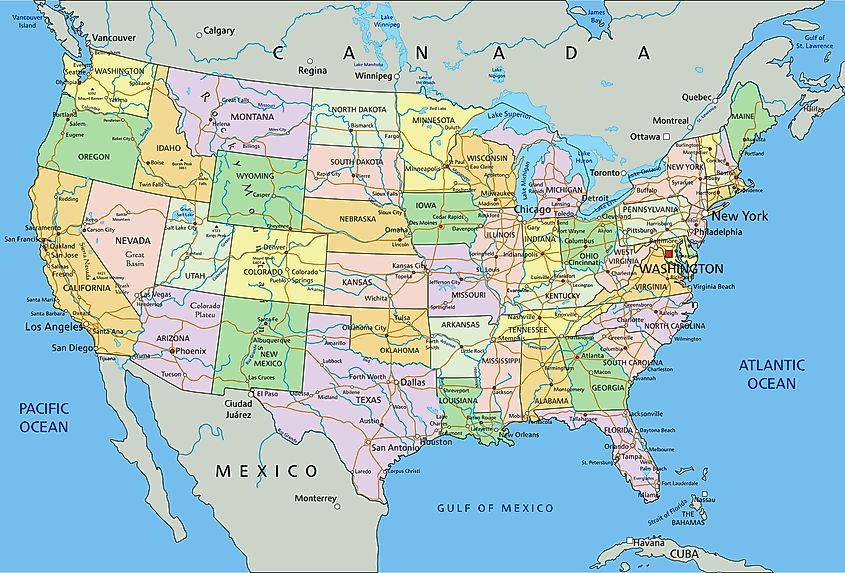
Before diving in, it helps to understand how geographers calculate this distance. The “farthest point from the ocean” in the contiguous United States is known as the North American Pole of Inaccessibility, located near Belle Fourche, South Dakota. This spot is roughly 1,030 miles from the nearest ocean.
However, cities are rarely located exactly at this point, so researchers calculate their distance by measuring the shortest route from city center to the nearest ocean coastline, not including bays or inland seas like the Great Lakes. For this article, we are focusing on major or well-known cities that sit among the most ocean-remote in the country.
US Cities Farthest From the Ocean
Rapid City, South Dakota
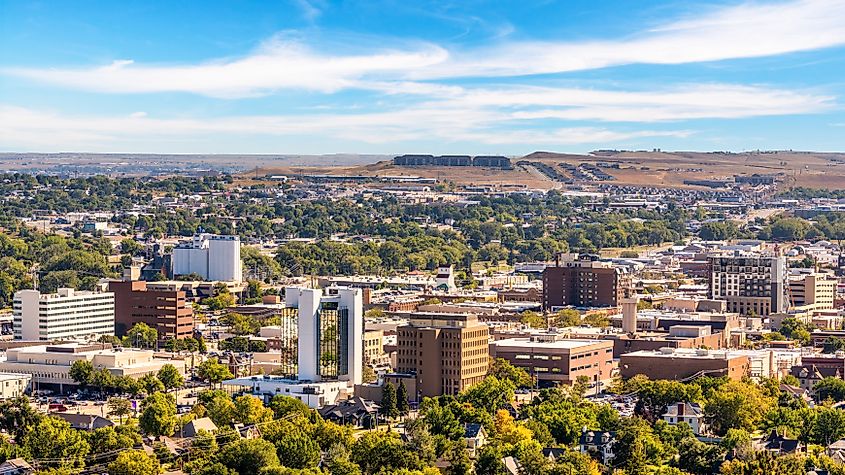
Distance from the Ocean: 1,030 miles
Rapid City is often considered one of the most landlocked cities in America. Located on the eastern edge of the Black Hills, it is a gateway to iconic destinations like Mount Rushmore and Badlands National Park. With more than a thousand miles between its downtown and the nearest ocean shoreline, Rapid City embraces its rugged, inland identity.
Life here revolves around the Black Hills, with hiking, climbing, and exploring historic Old West sites taking center stage. The lack of ocean influence means cold, snowy winters and warm, dry summers. Despite being far from any tide, tourism thrives thanks to the region’s striking scenery and cultural attractions.
Billings, Montana
Distance from the Ocean: 1,020 miles
Billings is the largest city in Montana and one of the most isolated urban centers in the country when it comes to ocean access. Located on the banks of the Yellowstone River, it serves as a commercial hub for the northern Rockies and a starting point for adventures into Yellowstone National Park.
Being so far inland, Billings has a continental climate with hot summers, cold winters, and little maritime moderation. Residents rely on rivers and reservoirs for recreation rather than ocean beaches, and the nearest saltwater waves are a long road trip away.
Denver, Colorado
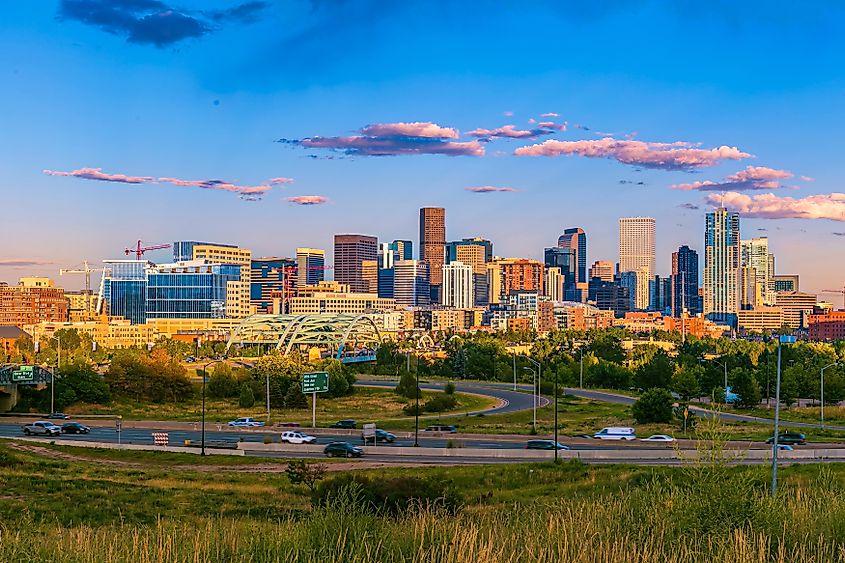
Distance from the Ocean: 1,000 miles
The Mile High City is known for its proximity to the Rocky Mountains, not the sea. At roughly 1,000 miles from the nearest ocean, Denver is a major metropolis in one of the most landlocked regions of the country.
This city thrives without an ocean in sight, offering a lively cultural scene, booming craft beer industry, and endless opportunities for mountain adventures. While its residents cannot surf, they can ski, raft, and hike within an hour’s drive. Denver’s location also makes it a key crossroads for travelers heading east or west across the United States.
Fargo, North Dakota
Distance from the Ocean: 1,000 miles
Fargo, perched along the Red River near the Minnesota border, is another contender for farthest-from-the-ocean bragging rights. Known for its prairie landscape, frigid winters, and growing arts scene, Fargo is a hub for agriculture, technology, and education in the northern Plains.
The city’s remoteness means seafood is often shipped in from far away, and maritime culture is virtually nonexistent. Instead, Fargo leans into its Midwestern roots, offering hearty cuisine, tight-knit neighborhoods, and easy access to lakes and rivers for freshwater recreation.
Omaha, Nebraska

Distance from the Ocean: 950 miles
Located on the Missouri River, Omaha is a vibrant city with a strong business presence, a thriving zoo, and a growing culinary scene. Though it has a major waterway running through it, Omaha is nearly a thousand miles from the nearest ocean shoreline.
This landlocked location gives Omaha a true four-season climate, with hot summers and snowy winters shaping the rhythm of life. Its riverfront has become a focal point for festivals and outdoor activities, filling the gap left by the absence of ocean beaches.
Minneapolis, Minnesota
Distance from the Ocean: 950 miles
While Minneapolis is known as the City of Lakes, its nearest ocean is a long way off. The city sits in a region dominated by freshwater lakes, rivers, and forests rather than saltwater coasts.
Residents enjoy boating, fishing, and skating on frozen lakes during winter, but a trip to the ocean requires a serious drive or flight. Despite this, Minneapolis has a strong seafood scene thanks to imports, and its vibrant arts, sports, and cultural offerings make it a destination in its own right.
Wichita, Kansas
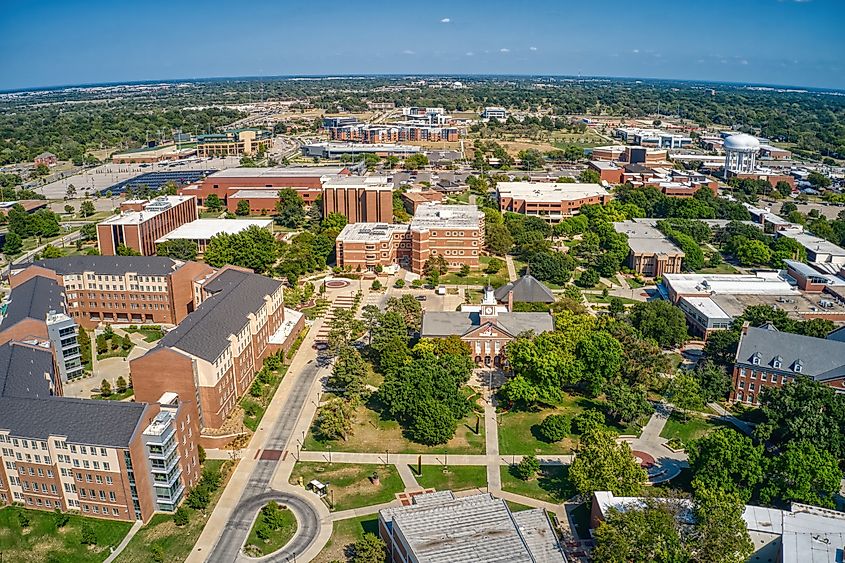
Distance from the Ocean: 930 miles
Wichita, located in south-central Kansas, is about as landlocked as it gets. Known for its aviation industry and prairie landscapes, the city is a central hub in America’s heartland.
With the Gulf of America nearly 1,000 miles to the south and the Pacific Ocean even farther west, Wichita relies on its rivers, lakes, and reservoirs for water-based recreation. The absence of ocean influence contributes to its hot summers, cold winters, and sometimes unpredictable storms.
Why Are These Cities So Far from the Ocean?
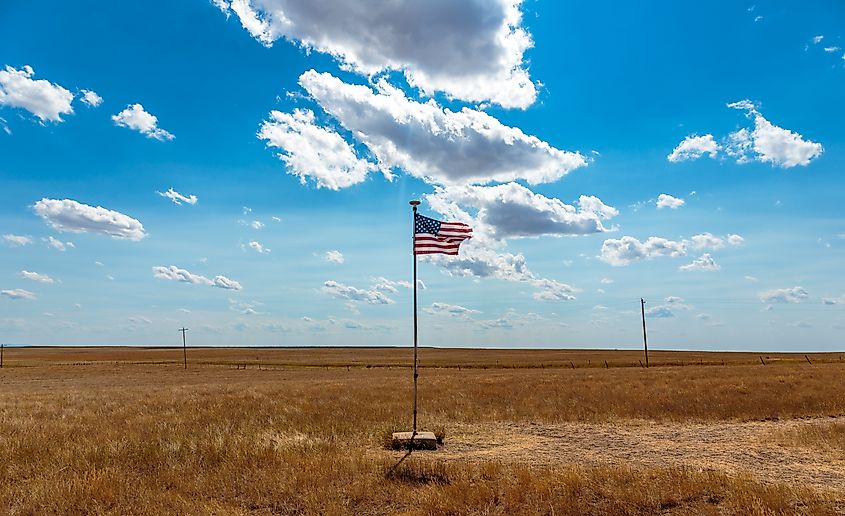
These cities share a few traits. They are located near the geographic center of North America or in regions historically shaped by agriculture, railroads, and rivers rather than seafaring trade. Before interstate highways and refrigerated shipping, being far from the ocean meant a slower flow of goods and culture from the coasts.
Today, the distance matters less thanks to modern transportation, but it still influences climate, culture, and even cuisine. Inland cities tend to have more extreme temperatures because they lack the moderating effect of large bodies of water. Their food traditions often focus on locally grown grains, meats, and freshwater fish rather than seafood.
What Do Residents Do for Water Fun?
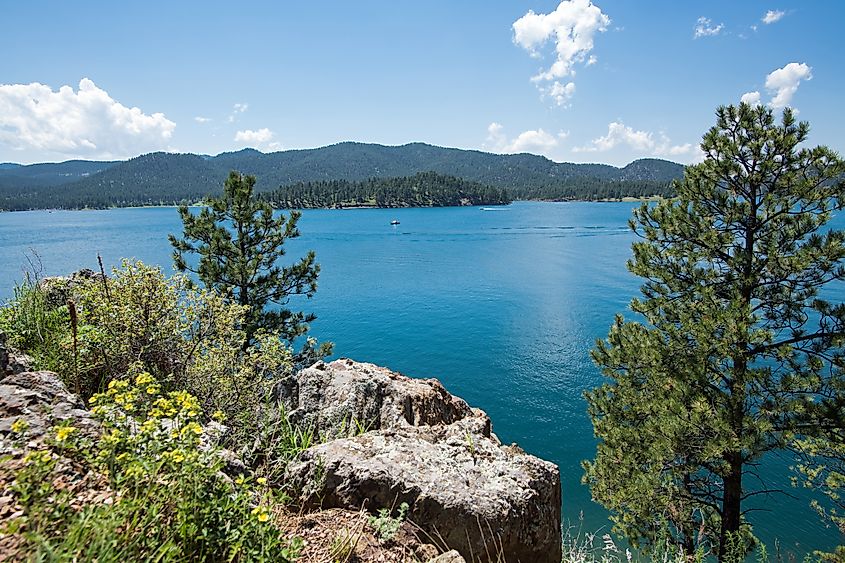
Being far from the ocean does not mean giving up on the water entirely. Most of these cities have vibrant boating, fishing, and swimming scenes thanks to rivers, reservoirs, and nearby lakes. For example:
-
Rapid City: Anglers and kayakers head to Pactola Lake and Sheridan Lake.
-
Billings: The Yellowstone River is popular for rafting and fishing.
-
Denver: Reservoirs and mountain lakes draw swimmers and paddleboarders.
-
Fargo: Red River and nearby lakes offer summer recreation.
-
Omaha: The Missouri River hosts events and riverboat cruises.
-
Minneapolis: Known for its chain of lakes and Mississippi River parks.
-
Wichita: Popular spots include Cheney Reservoir and El Dorado Lake.
Does Being Far from the Ocean Affect Travel?

Yes, especially for travelers who crave a beach vacation. From these cities, reaching the ocean often means a road trip of several hundred miles or a flight to the coast. The Gulf Coast, particularly Texas and Florida, is a popular destination for Midwesterners seeking sun and sand, while others head west to California or east to the Carolinas.
However, being far from the ocean has its perks too. Many of these cities enjoy lower humidity, fewer hurricanes, and access to national parks, hiking trails, and other inland attractions.
Life Beyond the Tides
These far-from-the-ocean cities may lack sandy shores, but they more than make up for it with vibrant culture, outdoor adventures, and their own unique charm. Whether you live in one or plan to visit, they offer a fascinating look at life far from the tides.
Frequently Asked Questions
What city in the US is farthest from any ocean?
The North American Pole of Inaccessibility is near Belle Fourche, South Dakota, making Rapid City one of the closest major cities to this point at roughly 1,030 miles from the nearest ocean.
Are the Great Lakes considered oceans?
No. The Great Lakes are freshwater lakes, not saltwater bodies like oceans or seas, so they are not included when measuring distance to the ocean.
Which coast is closer to most inland cities: Atlantic, Pacific, or Gulf of America?
For many cities in the Midwest and Plains, the Gulf of America is the closest ocean access point, followed by the Atlantic Ocean.
Does being far from the ocean affect the climate?
Yes. Inland cities typically have more extreme temperature swings with hotter summers and colder winters because they lack the moderating influence of large bodies of water.
Can these cities still get seafood?
Absolutely. Thanks to modern shipping and cold-chain logistics, fresh and frozen seafood is widely available, even in the most landlocked parts of the country.
